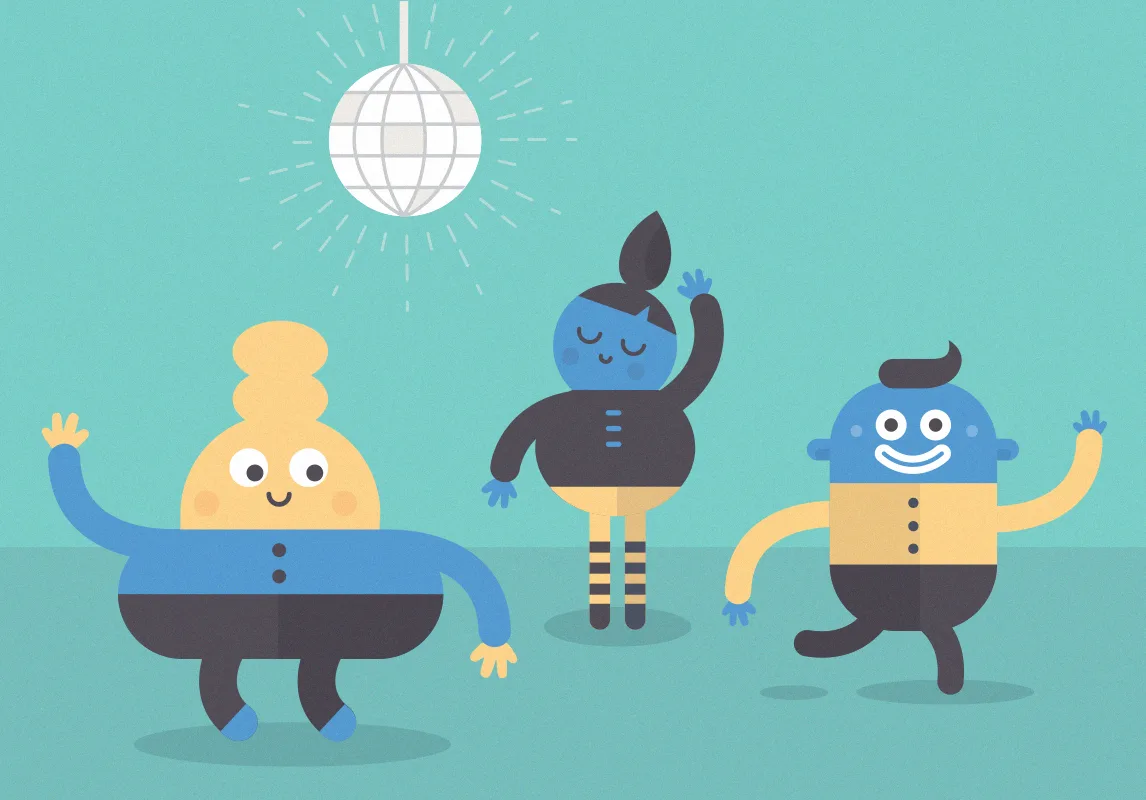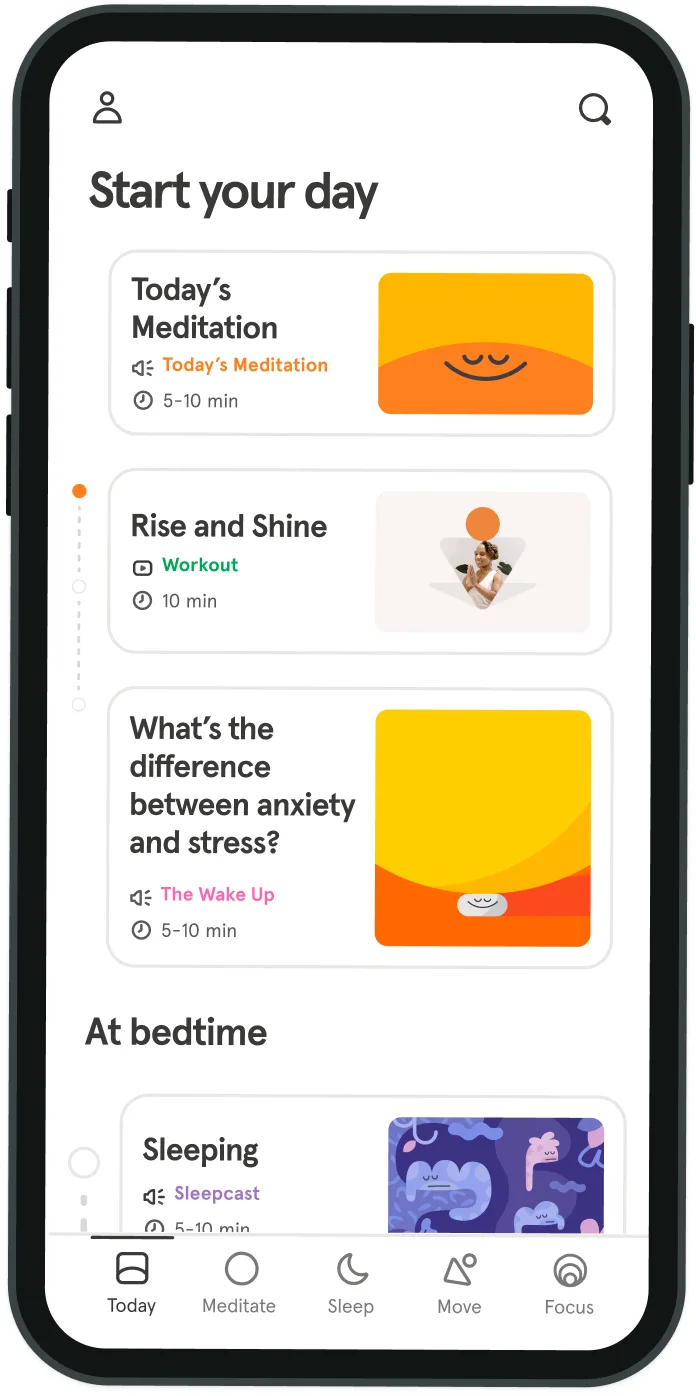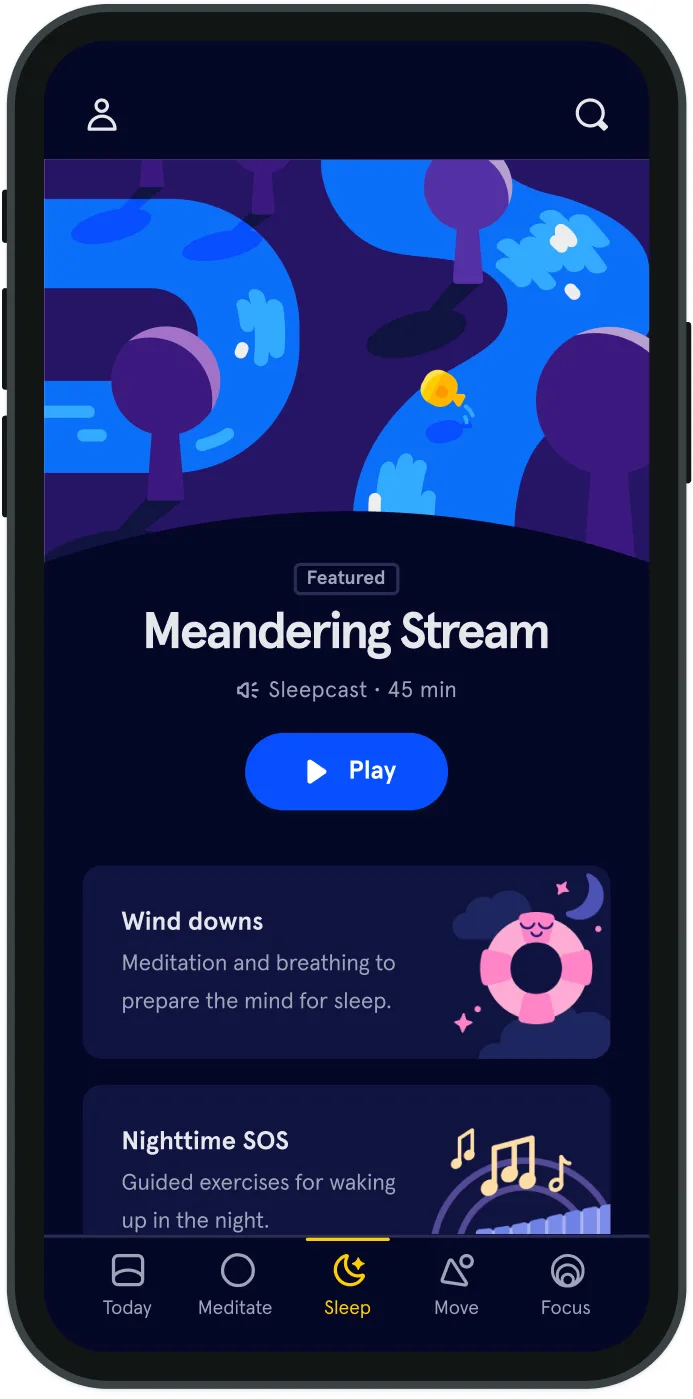5 reasons to shut up and dance
Your toes tap, your hips sway, your arms wave, and your hands flicker—you’re dancing, and you’re also improving your wellbeing.
Dance is a relatively unique form of movement shared with every culture across the globe. Despite being one of the oldest forms of physical and psychological therapy, the study of dance-specific movement is a relatively new field. The mind and body are intricately connected through movement as our first and principle means of communication. But in modern society dancing has become a bit of a niche activity, reserved for extroverts, trained professionals, and those brave enough for a Zumba class. Orchestrated or impulsive, every dance starts in the brain. Although moving your hands or tapping your toes might seem like relatively simple movements, they are the product of hundreds of thousands of tiny impulses from your brain. Together, these impulses turn random muscle contractions into graceful and rhythmical dance. With a fundamental role in the production of dance, it is good to know that the benefits for your mind are equally impressive.
-
Communication
Scientists have shown that whether we make the slightest of facial expressions or grandest of gestures, we are revealing a multifaceted picture of our emotional wellbeing. What is really interesting is how accurately other people interpret these states. Researchers have found that when observing movement we also connect with the emotional tone behind the movement, seeing sadness or happiness, joy or despair. As a result, we are better able to empathise and show compassion as we have a direct experience of the emotional state of the dancer.
-
Emotional wellbeing
Neuroscientists have found that dance improves cognitive health, increases self-esteem, and reduces anxiety, depression, and stress. A study from 2012 also found that Latin-style dance (better known as Zumba), improves mood, decision-making, and visual recognition. The effects of dance on the brain are so pronounced it is now being used to treat people suffering from Parkinson’s disease.
- Empowerment
The very act of moving creates change in the body and mind. In a report published by The Mental Health Foundation, dance was found to help people work through dysfunctional thinking, behaviour, and painful emotions. In their study, participants reported that dancing provided a means of emotional release for built-up tension, and helped them to move from a place of difficulty to empowerment.
-
Finding the right partner
Researchers at Hertfordshire University found that we are more or less attracted to each other according to the way we move our bodies. For example, men are more attracted to women who danced through their hips as opposed to their upper body and feet. Interestingly, hip movement is also associated with increased fertility. When it came to the attractiveness of men, women seem to be more attracted to men who showed symmetry in their movement. Funnily enough, men moving with symmetry were also shown to have higher levels of testosterone!
-
Intelligence
According to researchers at Harvard Medical School, the hippocampus and cerebral cortex (both involved in creating dance) are rewired and strengthened every time we dance. This leads to improved attention, decision-making, problem solving, and learning in all areas, not just related to dancing. Researchers also found that improvised dance improves divergent thinking and creativity, where more structured dance helps complex problem solving and convergent thinking. So how can you use dancing to improve mental health and wellbeing? Unfortunately, it’s not enough to only hit the dance floor at the occasional wedding party. Experts suggest a couple of sessions a week are required for our brains to reap the rewards. However, this does not mean you have to take up classes and buy the latest tap shoes. Allowing yourself to fully let go with dance can be a scary prospect. Bringing mindfulness to dance movement can help you become aware of fear, resistance, and hesitance and move freely with compassion and kindness toward yourself. So start the day dancing to your favorite song in the shower or bedroom. Take a break from work with a song and dance at your desk. Or dance while the kettle boils. Like meditation, short practices worked into your day can be just as effective, and the more you practice, the safer and, dare I say, more enjoyable it becomes.

The very act of moving creates change in the body and mind.
Dr. Jenn Bennett


Be kind to your mind
- Access the full library of 500+ meditations on everything from stress, to resilience, to compassion
- Put your mind to bed with sleep sounds, music, and wind-down exercises
- Make mindfulness a part of your daily routine with tension-releasing workouts, relaxing yoga, Focus music playlists, and more
Meditation and mindfulness for any mind, any mood, any goal

Stay in the loop
Be the first to get updates on our latest content, special offers, and new features.
By signing up, you’re agreeing to receive marketing emails from Headspace. You can unsubscribe at any time. For more details, check out our Privacy Policy.
- © 2025 Headspace Inc.
- Terms & conditions
- Privacy policy
- Consumer Health Data
- Your privacy choices
- CA Privacy Notice
